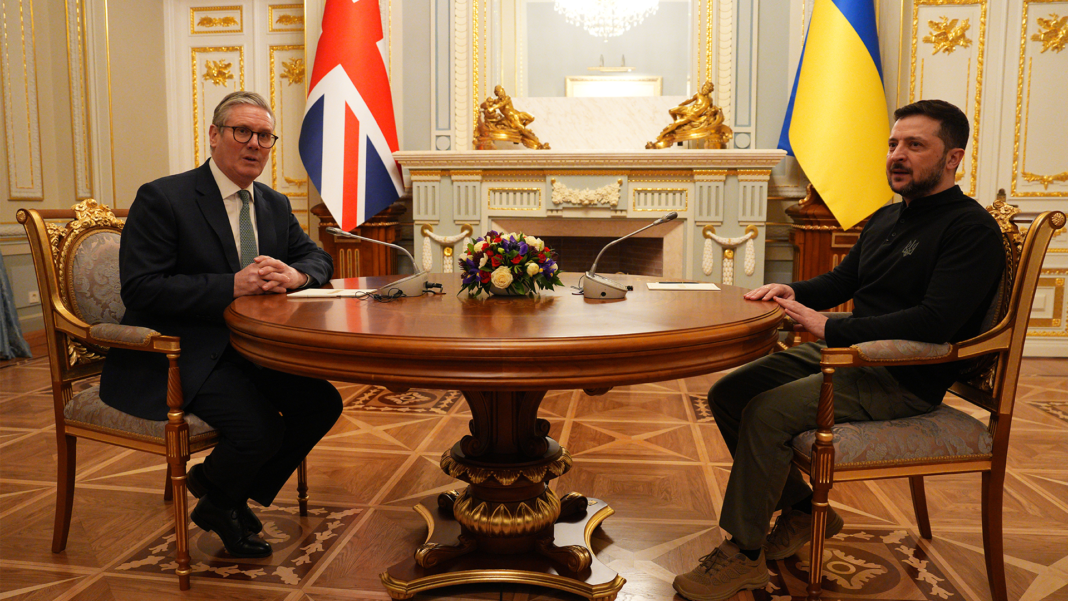In a move to enhance the security of subsea infrastructure, Norway, along with the United States and its Nordic-Baltic allies, has agreed on a series of measures aimed at preventing attacks on critical undersea cables and pipelines. The agreement was made in response to the growing concerns over the vulnerability of subsea infrastructure, which is essential for digital and energy connectivity.
Foreign Minister Espen Barth Eide emphasized the importance of the new initiatives. “An important part of the measures we have now agreed on to protect subsea cables includes better involvement of the private sector in this work,” Eide said.
“Damaged cables and pipelines on the seabed expose a vulnerability that is important for Norwegian security. We must work together with our neighbours and with the United States on this issue.”
He further highlighted that the safety of subsea infrastructure is critical for Norway, which relies on several thousand kilometers of subsea cables. “For Norway, which has several thousand kilometers of subsea cables, it is very important to prevent attacks on this infrastructure,” he added.
The new measures come after cooperation between the United States, the Nordic, and Baltic countries began last autumn to mitigate the risks of subsea infrastructure attacks. This collaboration includes strengthening real-time situational awareness, improving repair and maintenance capacity, and encouraging public-private partnerships to enhance security.
Eide also praised NATO’s involvement in addressing the issue, stating, “I am also pleased that NATO is putting this on the agenda with the meeting they have had with the countries around the Baltic Sea today.”
The agreed measures include harmonizing information-sharing processes, improving repair fleet capacity, and encouraging commercial cable operators to maintain a database for tracking cable damage and repair work. In addition, the parties are working to streamline equipment transportation processes to facilitate quicker repairs.
The initiative is part of broader efforts to protect critical infrastructure across vast maritime areas within NATO’s responsibility, with further coordination through NATO and ongoing U.S.-Nordic-Baltic consultations.
“These steps are essential to ensure a safer seabed, which is key to our digital and economic security in an increasingly interconnected world, ” Eide concluded.
 Donate
Donate



